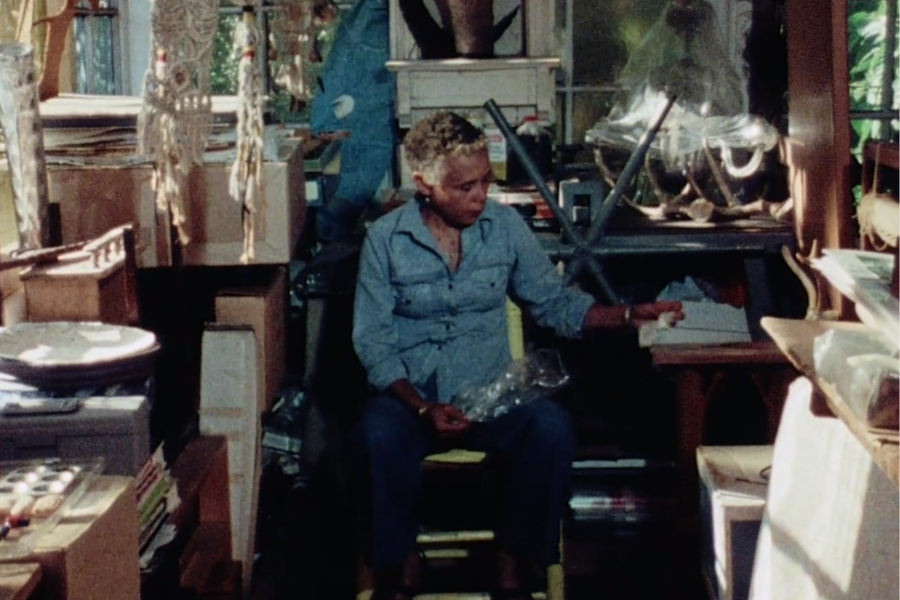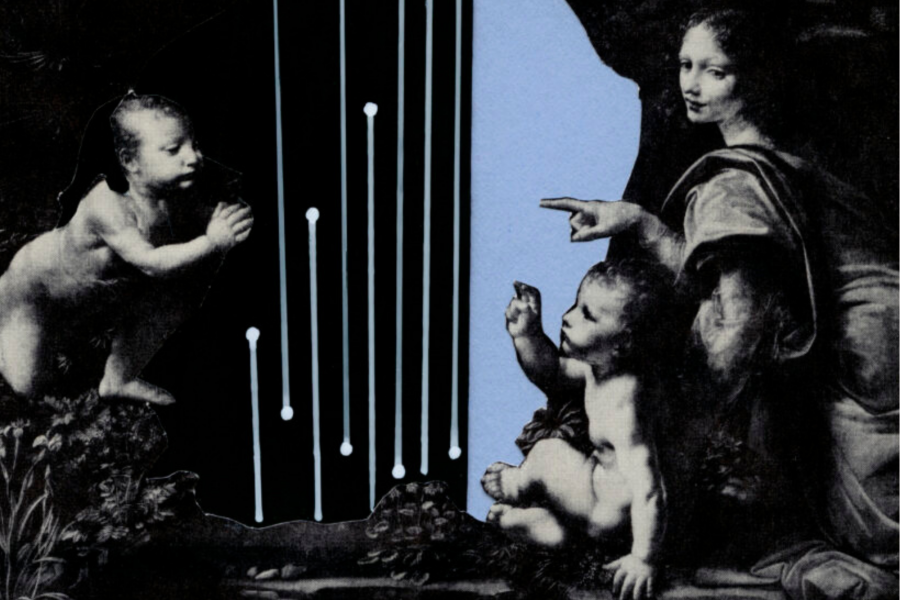Suzanne Bauman: Spirit Catcher: The Art of Betye Saar
Presented in dialogue with The Performance of Shadows, this 1977 documentary profiles the life and work of Betye Saar.
Produced by WNET (New York Public Media) Spirit Catcher addresses Saar’s fascination with the mystical and the unknown, which merge with her social concerns as an African American woman.
For over six decades, Betye Saar has created assemblage works that explore the social, political, and economic underpinnings of America’s collective memory. She began her career at the age of 35 producing work that dealt with mysticism, nature and family. Saar’s art became political in the 1970’s namely with the assemblage The Liberation of Aunt Jemima in 1972. A pioneer of the Assemblage movement, the impact of Saar’s oeuvre on contemporary art has yet to be fully acknowledged or critically assessed. Saar is based in Los Angeles where she continues to produce work.
Suzanne Bauman (1945-2022) was a producer, director, and writer of more than 80 documentary and drama films. Bauman earned a BA from Vassar College and an MFA from NYU’s Tisch School of the Arts Graduate Film School, and taught at UCLA. Bauman’s work reflected her broad interests, addressing geopolitical, social, and environmental issues and the histories of global empires, cultural epochs, artistic movements, and the written word. She produced biographies of world leaders, artists, and other public figures and directed theatre productions, independent films, and short films for children. Her work has received numerous accolades, including a CINE Golden Eagle Award for Spirit Catcher, an Academy Award Nomination for Against Wind and Tide: A Cuban Odyssey (1981), and an Academy Award of Special Merit for La Belle Époque (1983).







